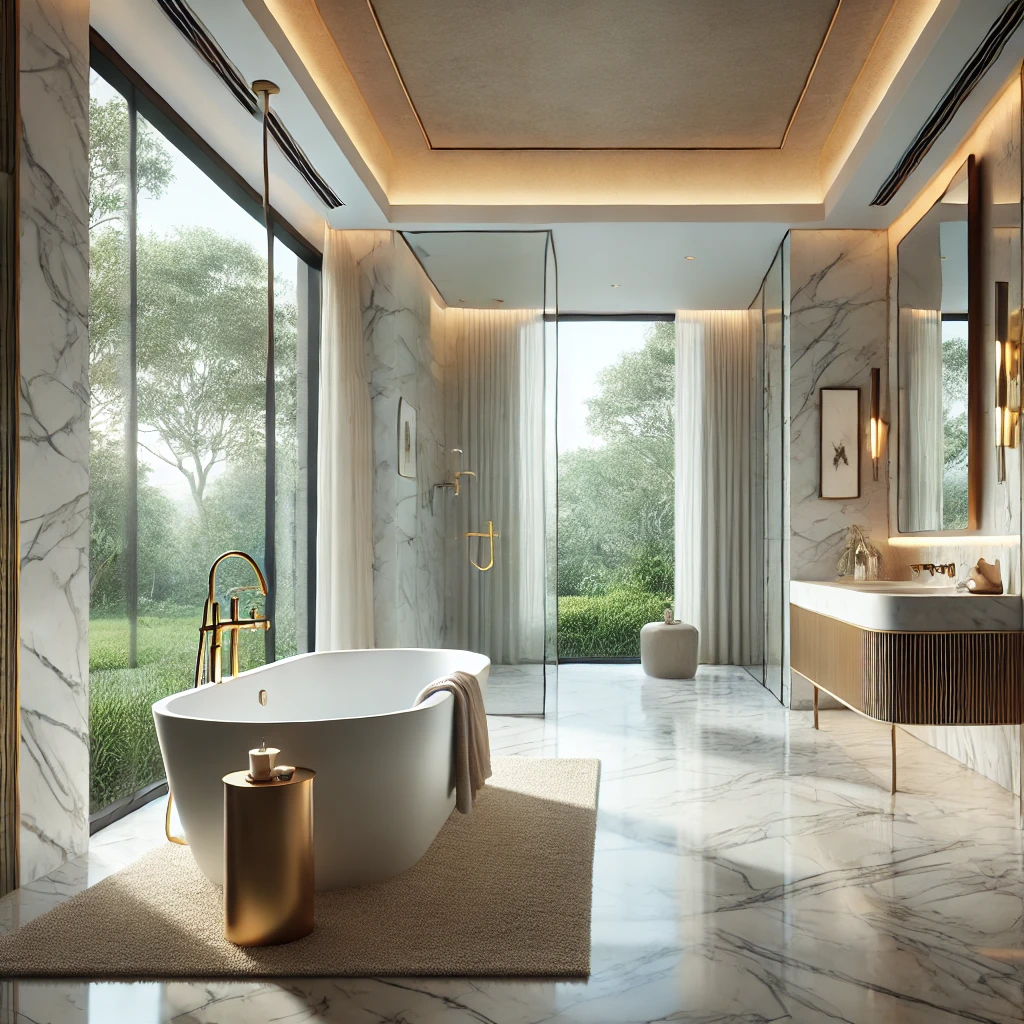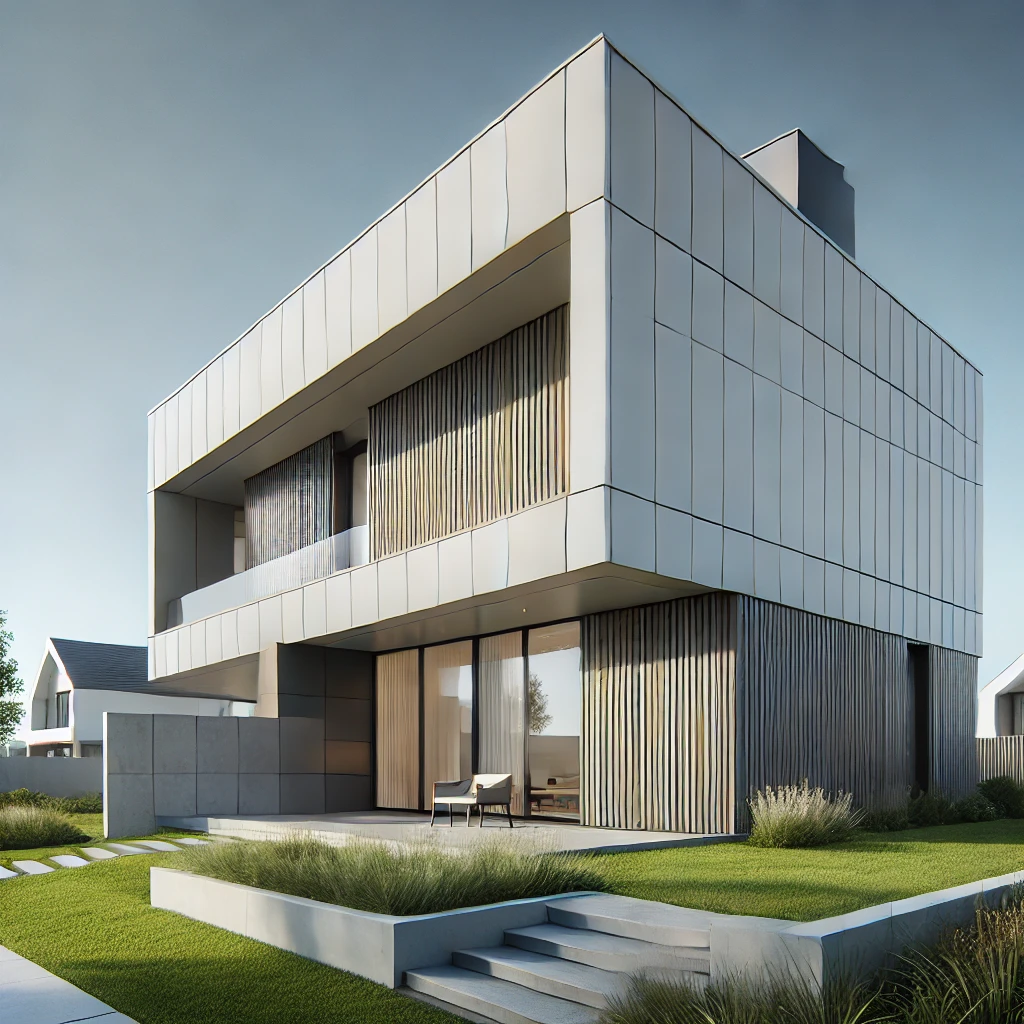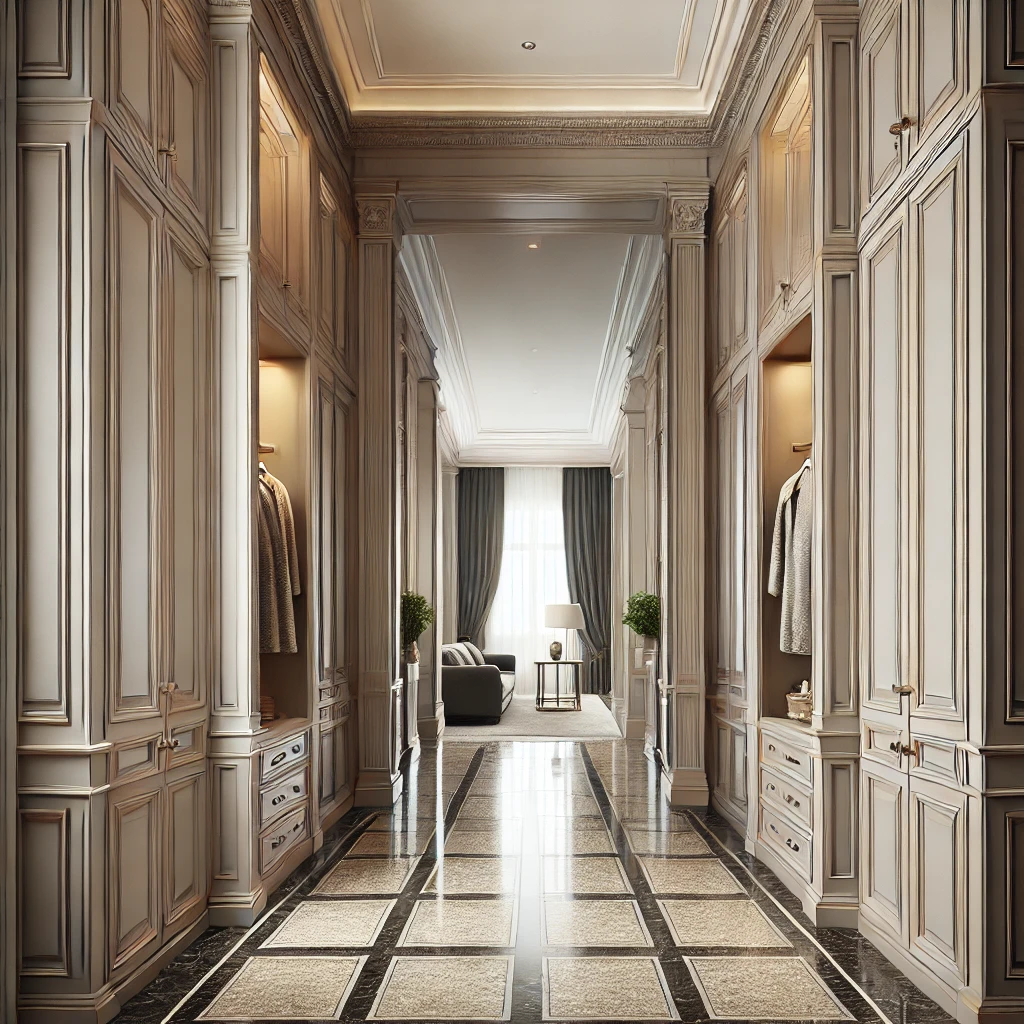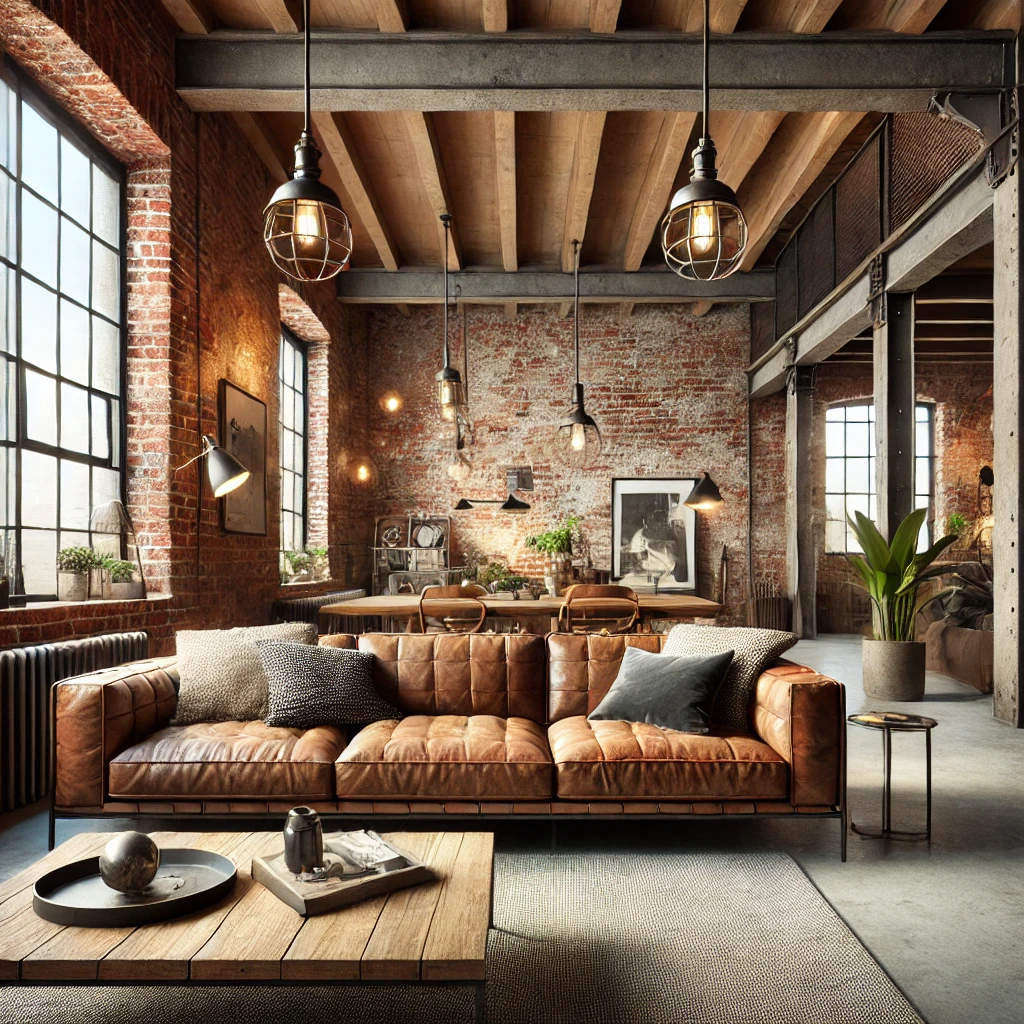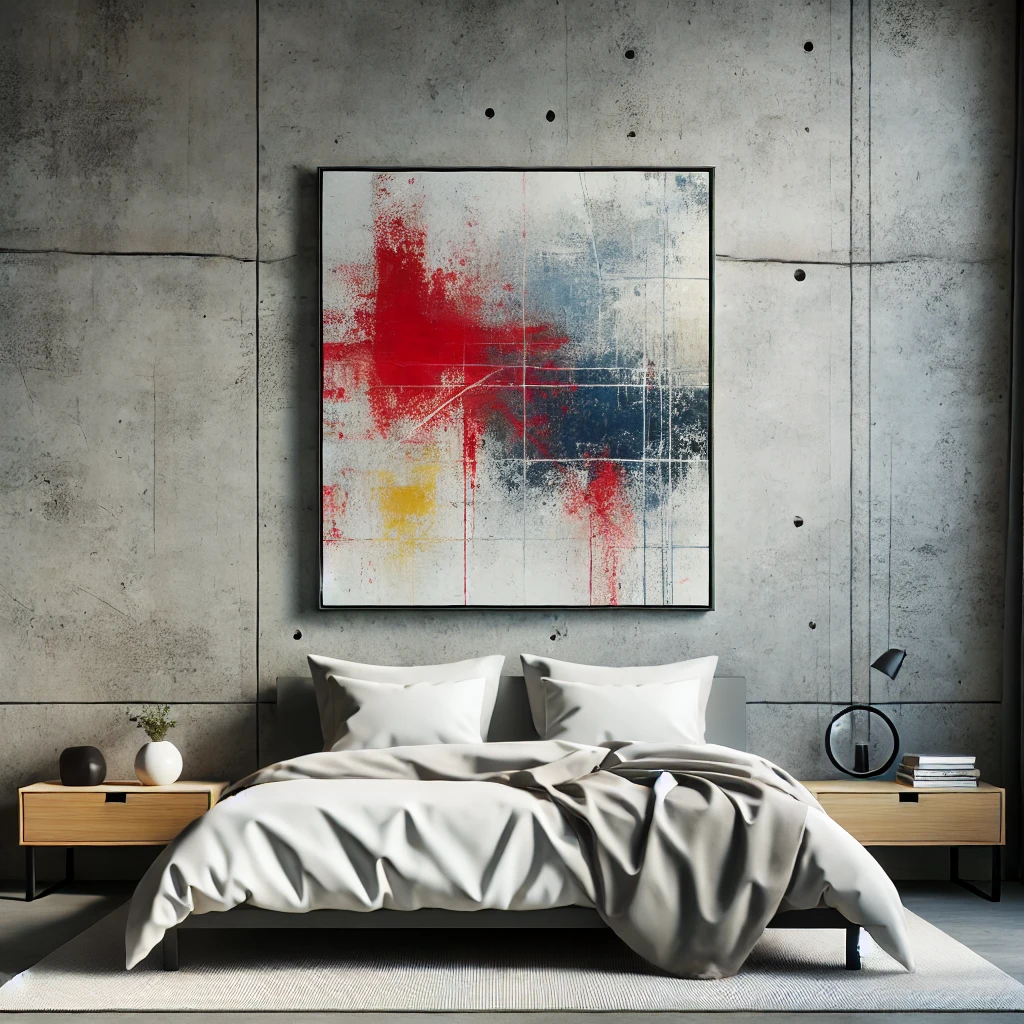Page 2 - Olya Yashyna
-
- May 09, 2025 - 7 min read
Creating a luxurious atmosphere in your home doesn’t have to come with a hefty price tag. By making smart choices and incorporating certain elements, you can elevate your living space to exude opulence without breaking the bank. Here are some tried-and-true strategies to achieve a luxurious look on a budget.
-
- May 09, 2025 - 4 min read
Nothing adds elegance to an interior quite like beautifully proportioned plaster molding. Once considered outdated and bourgeois, decorative plaster has made a remarkable comeback, becoming a symbol of refinement and historical grandeur. Whether you’re restoring a historic home or adding a touch of old-world charm to a modern space, plaster molding can transform your interior into something truly special.
-
- May 08, 2025 - 6 min read
In the world of interior design, certain materials are often dismissed as impractical or outdated. However, with advancements in technology and a bit of creativity, many of these materials can be both functional and stylish in your home. In this article, we’ll explore eight common myths about interior materials and offer expert advice on how to use them effectively.
-
- May 08, 2025 - 5 min read
Gypsum board, commonly known as drywall or plasterboard, is a versatile material widely used in construction and interior design. However, it often sparks debate among designers and homeowners alike. Some see it as a practical and essential building material, while others criticize its overuse and association with outdated design trends. Let’s explore the pros and cons of gypsum board and its appropriate applications in modern interiors.
-
- May 08, 2025 - 6 min read
The ceiling is often an overlooked surface in interior design, but it plays a crucial role in the overall aesthetic of a room. While many people opt to leave their ceilings plain and white, there are numerous creative ways to enhance this “fifth wall” and make it a standout feature in your home. Let’s explore some popular ceiling design techniques, which ones are worth considering, and which might be best avoided.
-
- May 08, 2025 - 6 min read
Dark walls in interior design often come with a host of misconceptions and prejudices. Many people shy away from using deep tones in their homes due to fears of making spaces feel smaller, gloomy, or overly dramatic. However, with the right approach, dark colors can create stunning, sophisticated interiors. Let’s explore some common concerns and why they might not hold true.
-
- May 08, 2025 - 6 min read
Color in interior design is not just about creating the right mood. It can solve numerous practical challenges, like making a small apartment feel more spacious. While you can’t add square footage, you can certainly make your home appear larger and more comfortable with the right color choices.
-
- May 08, 2025 - 5 min read
In many situations, homeowners may not be ready to invest a significant amount of money into a full-scale renovation. Whether it’s due to financial constraints, time limitations, or simply waiting for the right moment, a temporary renovation can be an effective solution. This approach allows you to live comfortably in your home for a few years without sacrificing quality or ending up with budget solutions that will disappoint you in the long run.
-
- May 08, 2025 - 7 min read
When it comes to designing the exterior of a frame house, the possibilities are nearly endless. Frame construction allows for a wide range of facade materials and styles, giving homeowners the freedom to create a unique and personalized appearance for their homes. In this post, we’ll explore some of the most popular and innovative options for finishing the exterior of a frame house, each offering its own blend of aesthetics, durability, and cost-effectiveness.
-
- May 08, 2025 - 8 min read
When planning the layout of bathroom tiles, many people start and end their design journey with the catalogs offered by tile manufacturers. While these catalogs are filled with stylish ideas, they often overlook budget-friendly solutions that can make a big impact. In this post, we’ll explore how to creatively combine light and dark tiles on your bathroom walls, allowing you to achieve a stunning design without breaking the bank.
